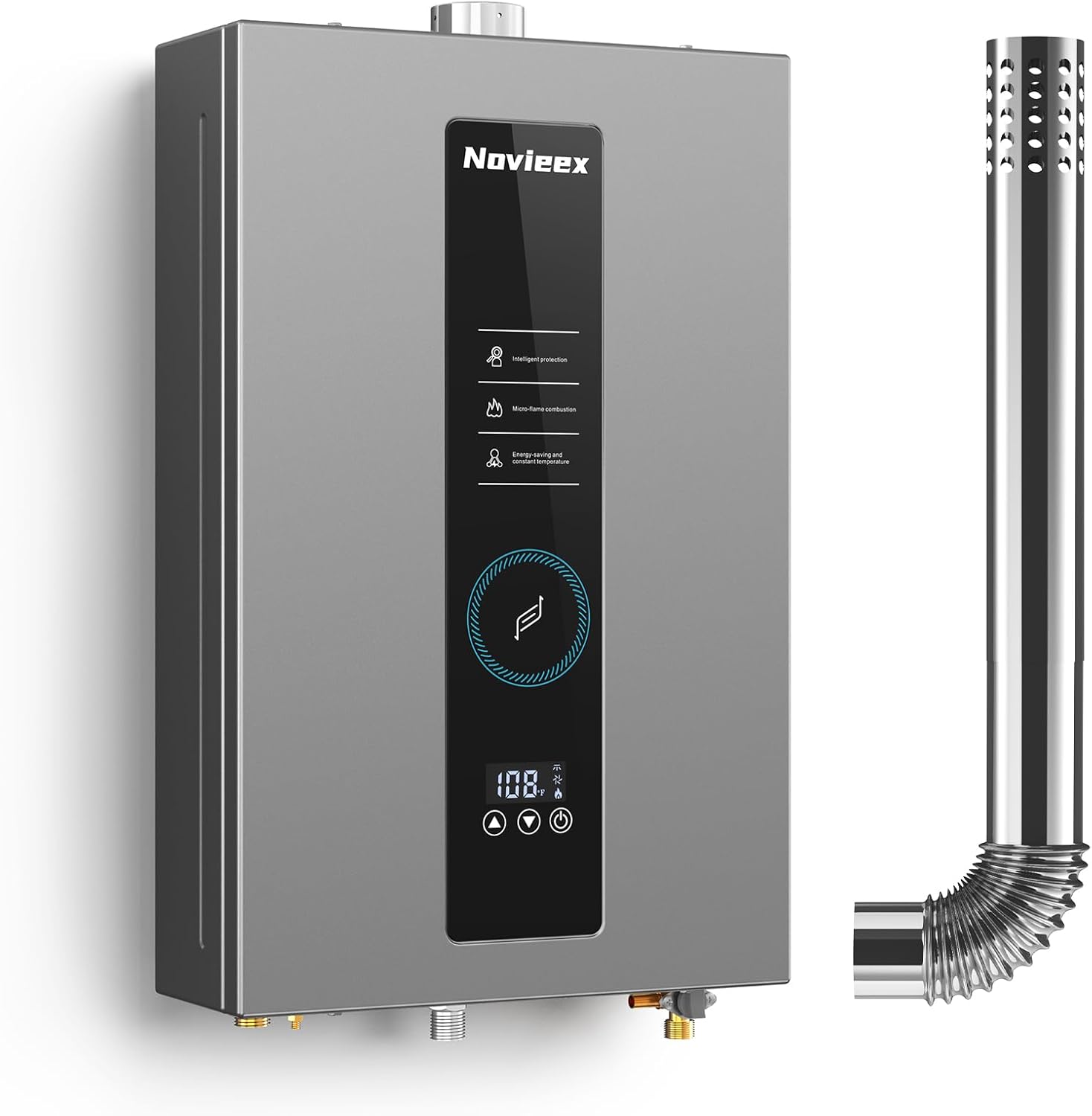The future of industrial temperature control lies in advanced automation, IoT integration, and AI-driven analytics for enhanced efficiency and precision.
Industrial temperature control is undergoing a radical transformation. From AI-driven predictive systems to IoT-enabled sensors, the next decade will redefine how factories, labs, and production facilities manage heat and cooling. This article explores the cutting-edge technologies shaping this evolution.

AI and IoT: The Brain of Modern Temperature Systems
Artificial intelligence now powers self-regulating industrial heaters and chillers. These systems analyze historical data, weather patterns, and equipment performance in real-time. The result? Energy savings up to 30% compared to traditional PID controllers.
Case Study: Smart Pharmaceutical Cooling
A major vaccine manufacturer reduced temperature fluctuations by 78% after installing AI-controlled chillers. The system automatically adjusts cooling capacity based on:
- Batch sizes
- Ambient warehouse conditions
- Equipment load factors

Next-Gen Sensor Technology
Traditional thermocouples are getting smarter. New models feature:
| Feature | Benefit |
|---|---|
| Wireless connectivity | Eliminates wiring costs in large facilities |
| Self-diagnostics | Predicts sensor failure before accuracy drifts |
| Nano-coatings | Withstands corrosive environments 5x longer |
According to LAUDA’s research, these advancements reduce maintenance costs by 40% in chemical processing plants.
Energy Efficiency Breakthroughs
Magnetic Refrigeration
This emerging technology uses magnetic fields instead of compressors. Early adopters report:
- 60% less energy consumption
- Zero greenhouse gas emissions
- Vibration-free operation
Phase Change Materials (PCMs)
Companies now integrate PCMs into water heater controls. These materials absorb/release heat at specific temperatures, smoothing demand spikes.
Industry-Specific Innovations
Food Processing
New USDA-compliant systems combine:
- Infrared surface sterilization
- Precision blast chilling
- Blockchain temperature logging
Semiconductor Manufacturing
Nanoscale thermal control now maintains ±0.01°C stability in cleanrooms. This prevents wafer warping during lithography.
Integration Challenges and Solutions
While upgrading legacy systems, many face compatibility issues. The best approach involves:
- Gradual retrofitting with gateway devices
- Cloud-based data unification platforms
- Staff training on predictive maintenance
For facilities using older industrial heater blowers, modern controllers can often interface through analog signal converters.
The Sustainability Imperative
New regulations are driving eco-friendly designs. The EU’s Ecodesign Directive now requires:
- Minimum energy efficiency standards
- Recyclable components
- Low-global-warming refrigerants
As noted in Future Design Controls’ whitepapers, these changes add 15-20% to upfront costs but pay back within 3 years through energy savings.
Looking Ahead: 2030 Predictions
Industry experts forecast these developments:
- Quantum temperature sensors with picokelvin resolution
- Self-healing thermal insulation materials
- AI-powered district heating networks
- 5G-enabled edge computing for real-time adjustments
The future of industrial temperature control isn’t just about maintaining setpoints—it’s about creating intelligent, adaptive thermal ecosystems that optimize energy use while ensuring perfect process conditions.

